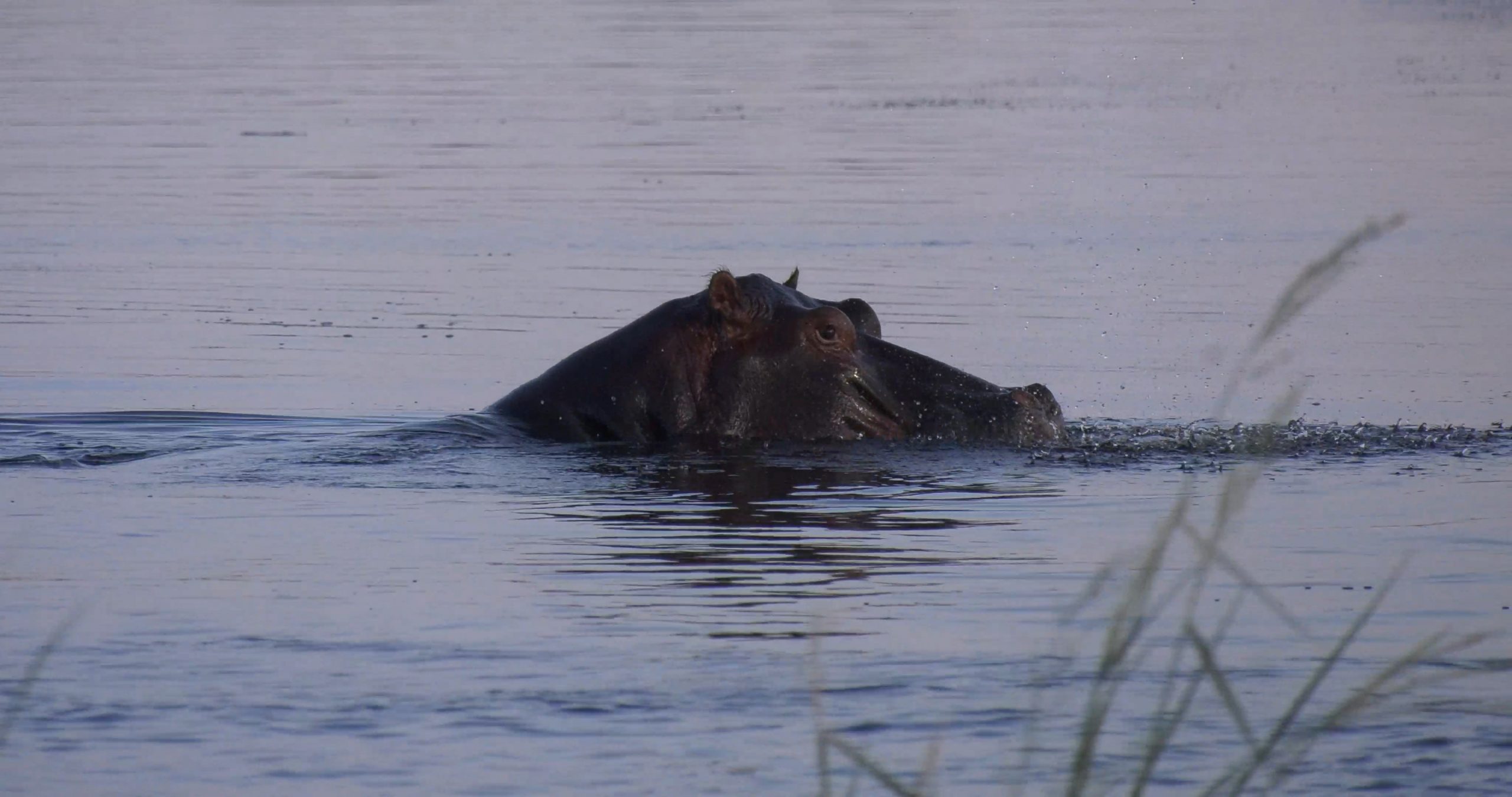The photo tourism sector is often guilty of siding with animal rights activists in condemning hunting tourism to curry favor with prospective clients.
There is also the belief that if safari hunting occurs within a country, prospective tourists will choose an alternative, non-hunting country to visit.
The State of the Wildlife Economy Report compares tourist numbers in Kenya and South Africa. The report notes that in Kenya, where safari hunting is prohibited, about 60% of Kenya Wildlife Service (or KWS) revenue is generated from tourism in protected areas.
In 2018, KWS received 2.9 million tourists in its protected area network: 2 million or 70% were international tourists while 30% were domestic tourists.
In 2017/2018, the total tourism income was USD 52.7 million generated from park fees, accommodation, donations, and services.
Park entrance fees contributed USD 30.25 million or 57% of total revenue.
In South Africa, where both safari hunting and local hunting are actively encouraged, 80% of South African National Parks (SANParks) revenue is generated from tourism in the parks.
In 2018/19, SANParks received 6.6 million guests across their parks; 2.3 million were international tourist while 64% of tourists were South African, highlighting the importance of the domestic tourism market.
Total tourism revenue in 2018/19 was USD 132 million.
This amount included revenue from accommodation, activities, retail, food and concessions.
Conservation and entrance fees generated USD 49 million.
It is evident that photo tourists will visit a country that offers safari hunting, but this may change if the campaign to ban hunting persists.
There is room for both hunting tourism and photo tourism in Africa.
For one sector to deride the other is counter-productive both economically and environmentally.
We need to utilize all of the tools in the conservation toolbox.


